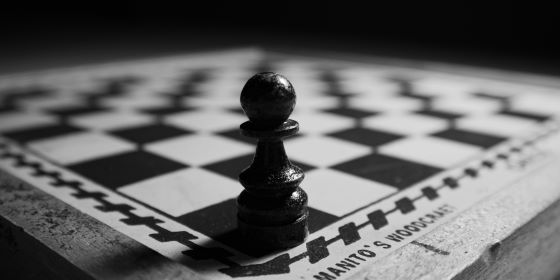
Mastering the Basics: A Step-by-Step Guide on How to Set Up a Chess Board
Introduction:
Chess, a timeless game of strategy and skill, has captured the hearts and minds of enthusiasts for centuries. Before you dive into the intricate moves and thrilling checkmates, it’s essential to master the basics, starting with the proper setup of the chess board. In this comprehensive guide, we’ll take you through each step of setting up a chess board, ensuring you have a solid foundation to begin your chess journey.
The Chess Board:
A standard chess board consists of 64 squares arranged in an 8×8 grid. Each square alternates between light and dark colors, creating a checkered pattern. Place the board between the two players so that each player has a light square on their right-hand side.
Chess Board Orientation:
Ensure the board is set up correctly by placing it so that each player has a white square on their right-hand side. The rightmost square in the back row for each player should be white. This orientation is crucial for maintaining the symmetry of the game.
Chess Pieces:
A complete chess set includes 32 pieces, with 16 pieces for each player. These pieces are divided into two armies, one with light-colored pieces (usually white) and the other with dark-colored pieces (usually black). Each player’s pieces consist of:
a. King (1 piece): The most crucial piece on the board.
b. Queen (1 piece): The most powerful piece, capable of moving in any direction.
c. Rooks (2 pieces): These pieces move horizontally or vertically across the board.
d. Knights (2 pieces): Knights move in an L-shape, making them unique in their maneuverability.
e. Bishops (2 pieces): Bishops move diagonally and are particularly effective when positioned on squares of the same color.
f. Pawns (8 pieces): Pawns move forward but capture diagonally. They have unique rules for their first move.
Setting Up the Back Rank:
Begin by placing the back rank of pieces for each player. The arrangement from left to right should be as follows:
a. Rook
b. Knight
c. Bishop
d. Queen
e. King
f. Bishop
g. Knight
h. Rook
Each piece should be positioned on its respective colored square. For example, the white king starts on a white square, and the black king starts on a black square.
Setting Up the Front Rank:
Place the pawns in a row in front of the major pieces. Each pawn should be positioned in front of one of the major pieces, creating a solid front line.
Ensuring Symmetry:
Symmetry is vital in chess to maintain a fair and balanced game. Check to ensure that the back ranks of both players are set up symmetrically, with each piece mirroring its counterpart on the opposite side.
Understanding Notation:
Chess notation is a system for recording moves on the chess board. Each square is identified by a unique coordinate, with files labeled a through h (from left to right) and ranks numbered 1 through 8 (from bottom to top). Understanding notation is beneficial for studying games and following instructions in chess literature.
Ready to Play:
With your chess board set up correctly, you’re now ready to embark on your chess journey. Remember, the objective of the game is to checkmate your opponent’s king, placing it in a position where it is under threat of capture and cannot escape capture.
Conclusion:
Setting up a chess board is the first step toward the intricate and fascinating world of chess. A proper setup ensures a fair and balanced game, setting the stage for strategic battles and thrilling checkmates. As you become more familiar with the game, you’ll discover the beauty and complexity that chess offers. So, arrange your pieces, sharpen your mind, and enjoy the timeless game of kings and queens.



